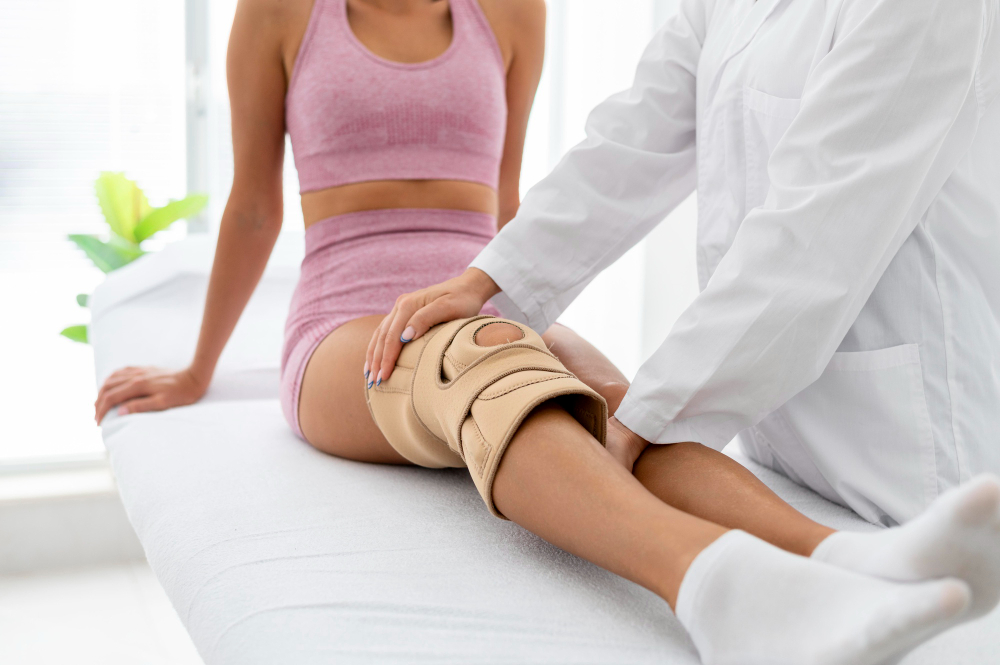
A torn ACL can be a daunting injury that requires extensive rehabilitation and lifestyle changes. However, with proper treatment and patience, individuals can return to their pre-injury activities and even strengthen their knee beyond its former capabilities. Whether you have experienced an ACL tear or know someone who has, this article will provide you with insight into what to expect and how to recover.
Understanding the Anatomy of Your ACL
To fully comprehend the impact of a torn ACL, it’s important to first understand its function. The anterior cruciate ligament (ACL) is one of the four main ligaments in the knee joint and plays a crucial role in stabilizing the joint during physical activity. Without it, the knee can easily buckle, leading to pain, instability, and difficulty with walking or other movements.
Rehabilitation and Recovery
Typically, an ACL tear requires surgery followed by a rehabilitation program to restore strength, range of motion, and stability. The rehabilitation program may consist of physical therapy, exercises, and bracing, as well as rest and gradual return to activities. Recovery time can vary depending on the extent of the injury, age, and overall health, but could range from six months to a year. It’s important to work with a team of specialists, including an orthopedic surgeon and physical therapist, to develop an individualized rehabilitation plan.
Incorporating Exercise
After surgery, incorporating regular, low-impact exercise is crucial to rebuilding strength and stability. Exercises may include leg presses, step-ups, and stationary biking. As gradually increasing activity, it’s important to pay attention to any pain, swelling, or discomfort and consult with a healthcare professional if necessary. Ultimately, returning to pre-injury activities should be done gradually and carefully to avoid further injury or setbacks.
Taking Care of Your Knee Long-Term
While recovery from an ACL tear can be successful, it’s important to take care of your knee long-term to avoid future injuries. This includes wearing supportive shoes, avoiding repetitive heavy activity, stretching regularly, maintaining a healthy weight, and practicing proper techniques when running or jumping. Additionally, research has shown that individuals who have experienced an ACL tear are at a higher risk of developing osteoarthritis later in life, so it’s important to continue monitoring your knee and seeking medical attention if any future problems arise.
Conclusion
A torn ACL can be a complex and challenging injury, but with patience, time, and proper care, individuals can regain their mobility and reach their full potential once again. Remember to work with a team of experienced professionals, commit to a comprehensive rehabilitation program, gradually reintroduce exercise, and take care of your knee long-term to prevent future problems. If you or someone you know has experienced an ACL tear, be sure to consult with an orthopedic specialist to receive proper treatment and support. If you're looking for an orthopedic surgeon in Altamonte Springs, FL, contact Central Florida Bone & Joint Institute today for more information.